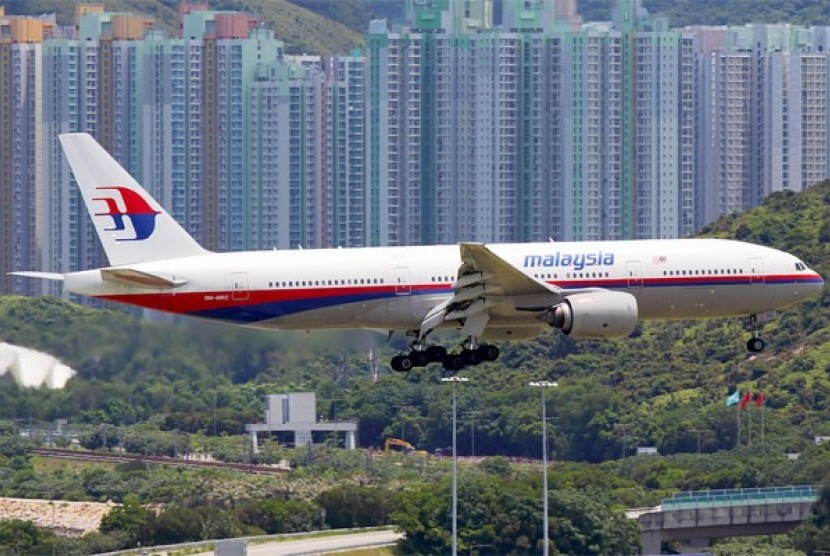REPUBLIKA.CO.ID, SINGAPORE -- Singapore Defense Ministry said Saturday night that its armed forces will continue to support the search-and-locate operation in the Malacca Strait with the Republic of Singapore Air Force Fokker-50 Maritime Patrol Aircraft which was deployed to Butterworth Air Base, Malaysia, on Friday.
The ministry said that following the Malaysian authorities' announcement earlier on Saturday that the search-and-locate operation for MH370 in the South China Sea has been called off, the Singapore Armed Forces (SAF) has ceased its search efforts there as well.
Since March 8, the SAF has supported the operation in the South China Sea with ships and aircraft, such as a C-130 aircraft, a Formidable-class frigate with a Sikorsky S-70B naval helicopter on board, a Victory-class missile corvette, as well as a submarine support and rescue vessel with divers on board.
They are on their way back to Singapore.
The ministry added that the SAF stands ready to provide further assistance to Malaysia in support of the search-and-locate efforts.
So far, search operations by navies and aircraft from more than a dozen nations have failed to find even a trace of Flight MH370, which went missing a week ago after taking off from Kuala Lumpur for Beijing and diverting from its intended flight path.
Investigators suspect missing Malaysia Airlines Flight MH370 may have come down in the southern Indian Ocean, a place where a commercial airliner can crash without a ship spotting it, a radar plotting it or even a satellite picking it up.
The empty expanse of water is one of the most remote places in the world and also one of the deepest, posing potentially enormous challenges for the international search effort now refocusing on the area, one of several possible crash sites.
Even Australia, which has island territories in the Indian Ocean and sends rescue planes to pluck stricken yachtsmen from the cold, mountainous seas in the south from time to time, has no radar coverage much beyond its Indian Ocean coast.
"In most of Western Australia and almost all of the Indian Ocean, there is almost no radar coverage," an Australian civil aviation authority source said, requesting anonymity as he was not authorised to speak on the record.
"If anything is more than 100 kilometres offshore, you don't see it."
The Indian Ocean, the world's third largest, has an average depth of more than 12,000 feet, or two miles. That's deeper than the Atlantic where it took two years to find wreckage on the seabed from an Air France plane that vanished in 2009 even though floating debris quickly pointed to the crash site.


